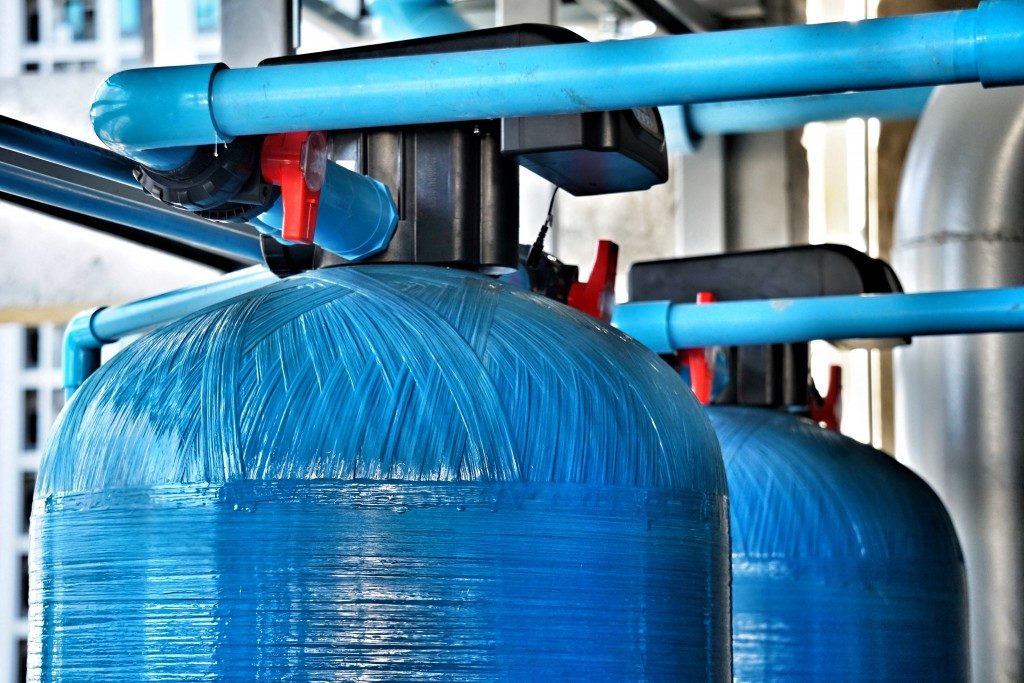SCADA stands for supervisory control and data acquisition. It is not actually an app or software. It is a distributed system that connects a bunch of computers to operate and manage the operations of an industrial plant or factory from the comforts of an office or a control room. SCADA is also being heavily used in water systems where the security, protection, distribution, control, and management of water resources has become a breaking point for many systems.
An open source SCADA system will allow you to customize the system for specific automated usage of the functions you are trying to manage and control. The SCADA specifically works well in the monitoring of the water supply, which represents a vital problem for many societies. The demands from the public triggered the integration of these kinds of systems into the water distribution system to ensure the proper consumption, distribution, and production of water.
Constant monitoring
SCADA monitors the entire water system 24/7 even without human intervention and supervision. The system can work by itself, usually contained in a control room or in some other remote terminal units (RTUs) that exist in vulnerable areas of the water system. These include the storage tanks, the pump stations, the treatment facilities and the valve vaults. It can detect any anomalies from vulnerable areas and immediately make and send a report that will allow a system’s supervisor to address the problems as soon as possible.
Networked throughout the water system’s operation
SCADA sends reports throughout the entire system. There is check and balance. Supervisors can counter the actions of others in real time because they, too, receive the same reports. The system is self-reliant, which means there is less need for human interaction. SCADA eliminates the need for regular patrols and reduces the frequency of site visits to remote areas of the water system.
Tolerant of efforts to hack and defeat it
The system is unique in such a way that it would still work even without electricity. It is not dependent on the internet or the electric power in the water system station. Even if the communication lines were cut off, the system would still be able to monitor the vulnerable areas and any problems that might arise. It would also be accessible to operations people even if the control room was compromised, disabled, or evacuated.
Perform control actions automatically

The network is also programmed in a way that would allow it to automatically react to conditions of the water system. It can perform actions such as shutting down processes that could prove fatal to the system in the long run. It can also isolate sections of the water distribution system so other parts of the network won’t get damaged.
By the simple analysis of data and the interaction of the different sections of the water systems to one another, the distribution and control of the waterworks will be better managed. This will allow for the optimum functioning of the pumping system and ensure the safety and endurance growth of the different equipment and facilities of the water system.



